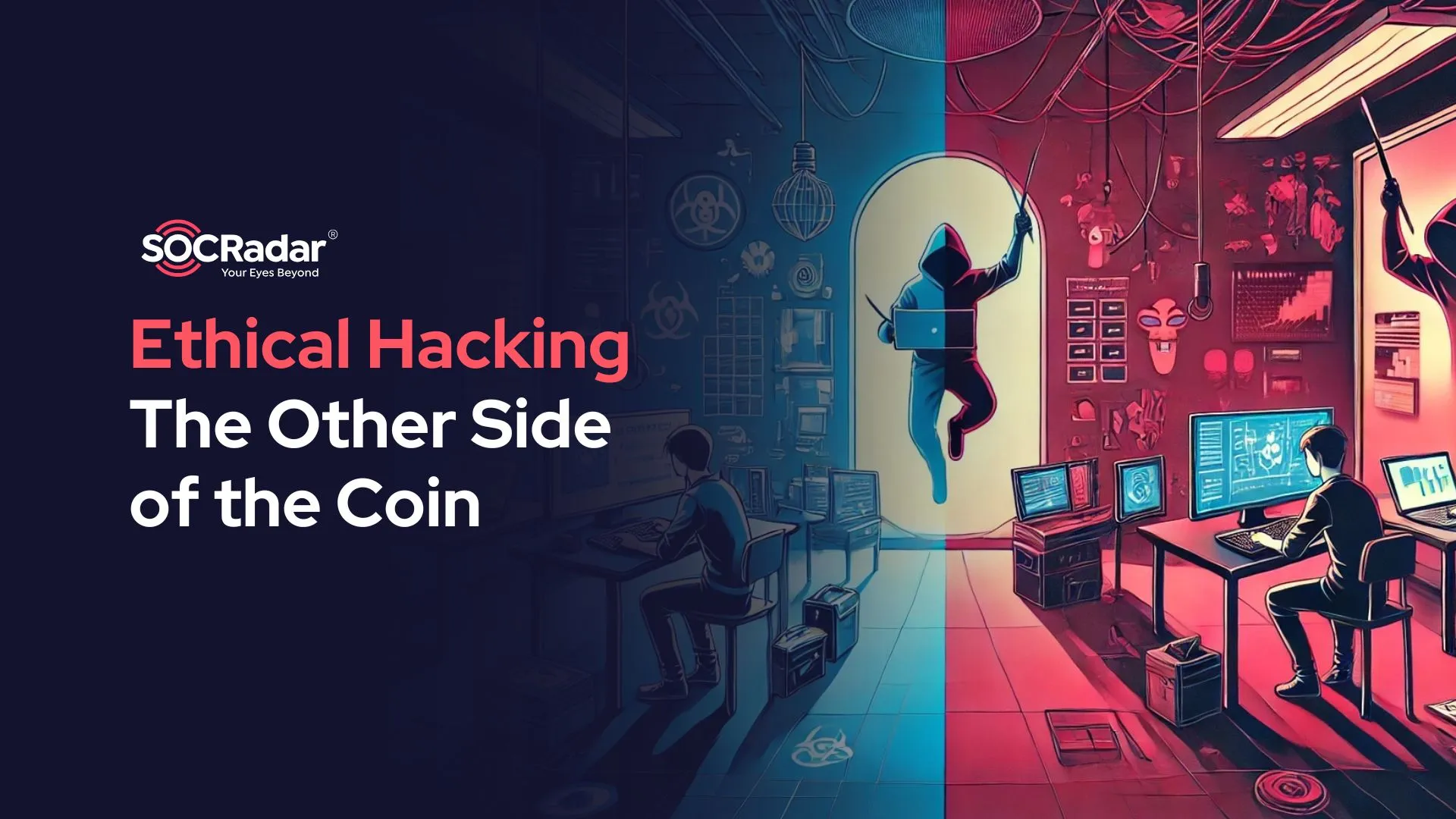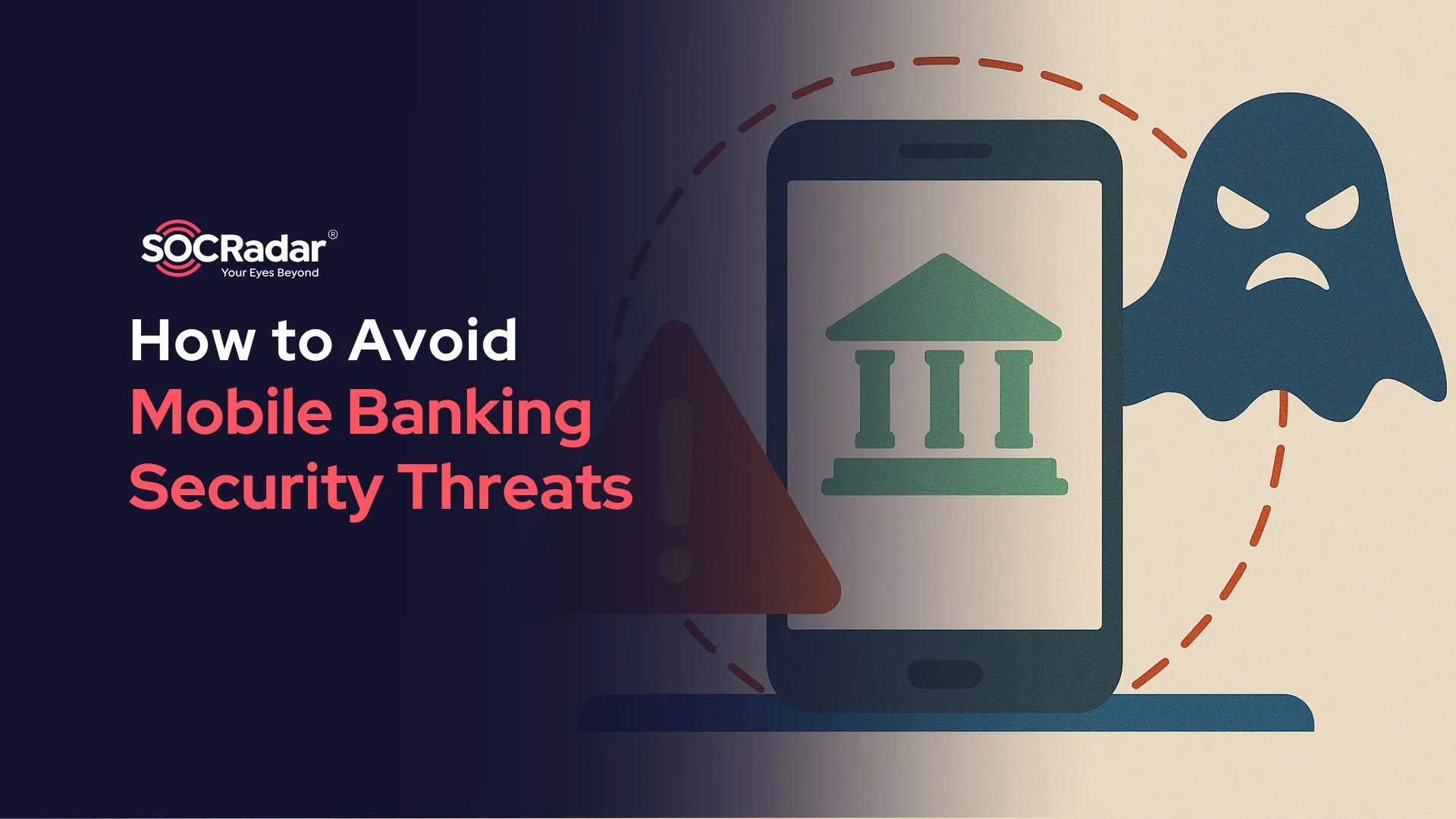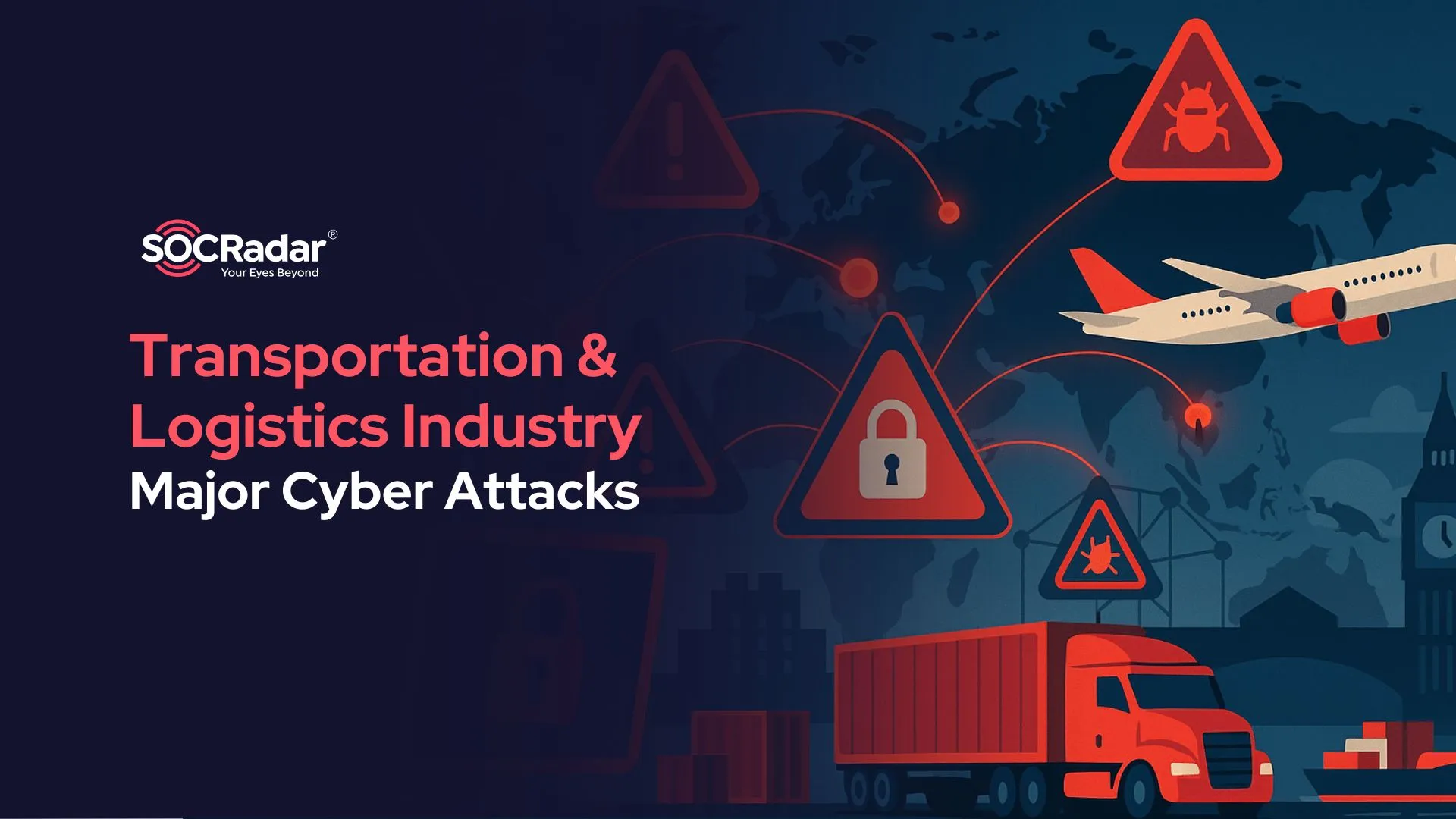
The Role of Cybersecurity in Protecting Critical Infrastructure: Focus on Energy and Water Sectors
Critical infrastructure serves as the foundation of modern society, encompassing the systems and assets that are essential for economic stability, public safety, and the overall quality of life. Among the most crucial components of this infrastructure are the energy and water sectors, which deliver indispensable services such as electricity, clean water, and sanitation. However, these sectors face growing cyber threats that can disrupt operations, endanger lives, and compromise national security. Addressing these challenges requires a deep understanding of vulnerabilities and the implementation of comprehensive cybersecurity measures.
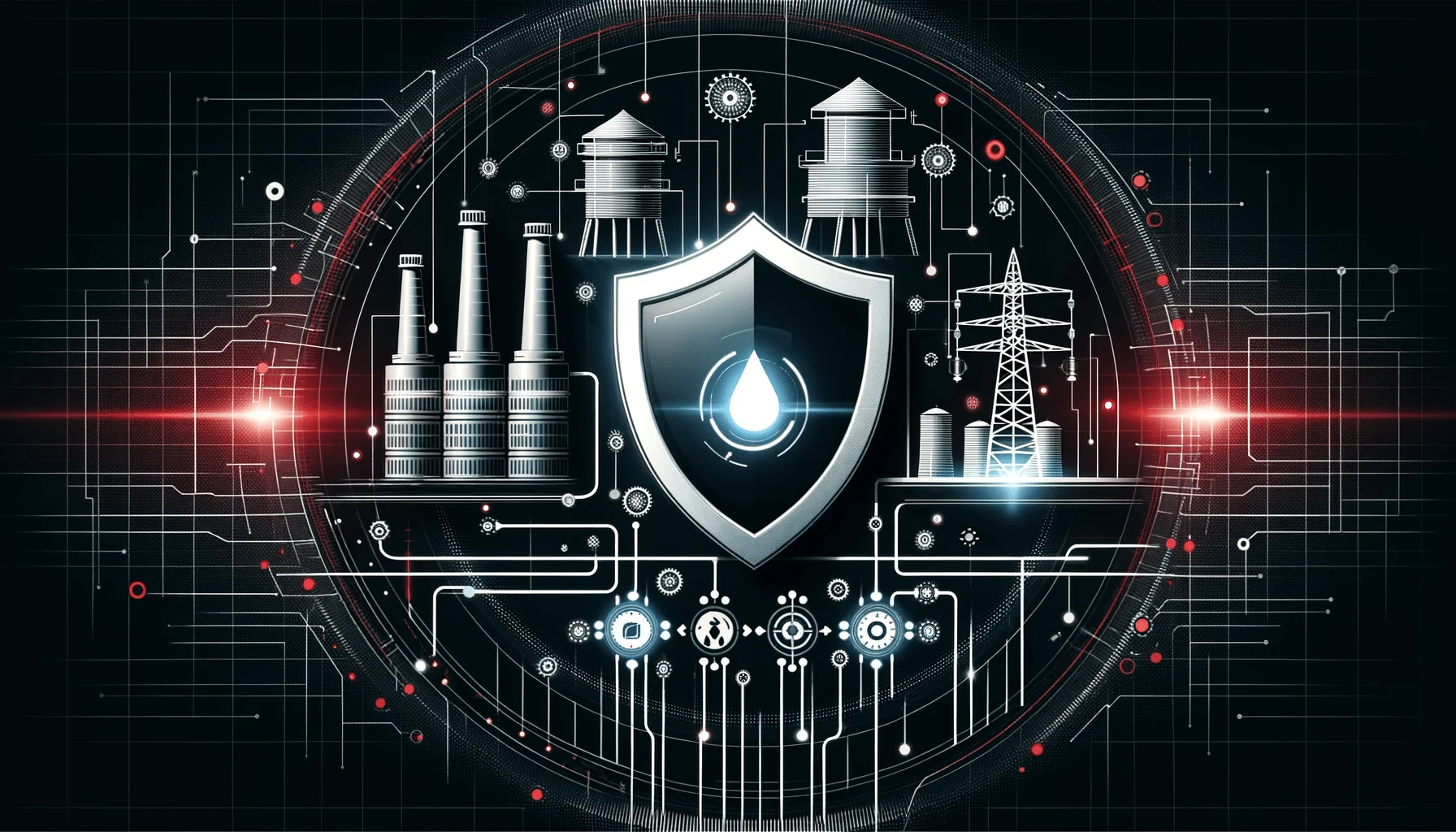
Illustration of cybersecurity safeguarding energy and water infrastructure with a central digital shield. (Generated by DALL-E)
Understanding Critical Infrastructure and Its Vulnerabilities
Defining Critical Infrastructure
Critical infrastructure consists of physical and digital systems that are vital for the economy, national security, and daily life. This includes transportation networks, healthcare facilities, communication systems, and utilities such as energy and water. The energy and water sectors are particularly critical as they not only serve millions daily but also support other essential services like healthcare and manufacturing.
Their increasing reliance on interconnected digital technologies, such as Industrial Control Systems (ICS) and the Internet of Things (IoT), has brought significant operational efficiencies. However, this dependency has also exposed them to new vulnerabilities, making them attractive targets for cybercriminals, hacktivists, and even state-sponsored attackers.
Common Cyber Threats to Energy and Water Systems
The digitalization of critical infrastructure has introduced a myriad of cyber threats, each with the potential to cause severe disruption. Key threats include:
- Phishing and Social Engineering: Attackers often target employees with deceptive emails or messages to gain unauthorized access to critical systems.
- Ransomware Attacks: These attacks encrypt critical data, rendering systems inoperable until a ransom is paid. In the energy and water sectors, ransomware can lead to widespread outages or contaminated water supplies.
- Hacktivist Threats: Hacktivists pose a unique threat to the energy and water sectors. These groups, driven by ideological, political, or environmental agendas, target critical infrastructure to make statements or disrupt perceived adversaries. Examples include attacks on energy companies accused of environmental harm or on water systems in regions associated with geopolitical conflict. Hacktivist attacks often involve distributed Denial-of-Service (DDoS) campaigns, website defacements, or attempts to manipulate operational systems.
- Advanced Persistent Threats (APTs): These sophisticated, long-term cyber campaigns often involve state-sponsored groups aiming to infiltrate and sabotage infrastructure.
- Supply Chain Exploits: Weaknesses in third-party vendors or service providers can serve as entry points for attackers to infiltrate critical systems.
- Insider Threats: Malicious insiders or negligent employees can inadvertently compromise cybersecurity by exposing sensitive systems to threats.
Potential Consequences of Cyber Attacks on Critical Infrastructure
The consequences of cyber attacks on the energy and water sectors extend far beyond technical disruptions. These incidents can have profound economic, environmental, and societal implications:
- Service Disruptions: A successful attack can lead to prolonged power outages, water shortages, or disruptions in sanitation services, impacting millions of lives.
- Environmental Hazards: Attacks on water treatment facilities or energy plants can result in spills, leaks, or contamination that harm ecosystems and public health.
- Economic Costs: The financial burden of recovery efforts, operational downtime, and potential fines can cripple affected organizations and ripple across the economy.
- National Security Risks: Compromised infrastructure can expose vulnerabilities, emboldening adversaries to execute coordinated attacks.
For instance, the 2021 Colonial Pipeline ransomware attack in the United States highlighted the devastating impact cyber threats can have on energy infrastructure. The attack caused widespread fuel shortages, underscoring the fragility of critical infrastructure systems when targeted by malicious actors.
Implementing Effective Cybersecurity Measures
To address the unique challenges faced by the energy and water sectors, organizations and governments must adopt proactive and layered cybersecurity strategies. These measures include:
- Comprehensive Risk Assessments: Regular evaluations of vulnerabilities in both physical and digital systems are essential to identify and mitigate potential threats.
- Adopting Multi-Layered Security Frameworks: Utilizing firewalls, intrusion detection and prevention systems (IDPS), and robust encryption protocols helps to fortify systems against unauthorized access.
- Employee Training and Awareness: Educating staff about phishing, social engineering, and other cyber risks ensures that human errors are minimized.
- Incident Response Planning: Developing and rehearsing a clear incident response plan ensures rapid containment and recovery in the event of an attack.
- Public-Private Collaboration: Governments and private organizations must share intelligence, best practices, and resources to enhance resilience across sectors. Initiatives like the Cybersecurity and Infrastructure Security Agency (CISA) in the United States exemplify such collaborations.
Strengthening Cybersecurity with SOCRadar
As cyber threats grow in sophistication and frequency, safeguarding critical infrastructure is a strategic necessity. For the energy and water sectors, the stakes are particularly high. A disruption in these services can trigger cascading effects across other industries and compromise public health and safety.
The complexity of protecting critical infrastructure, particularly in the energy and water sectors, demands innovative solutions tailored to evolving threats. SOCRadar offers cutting-edge tools to enhance cybersecurity for these vital sectors.
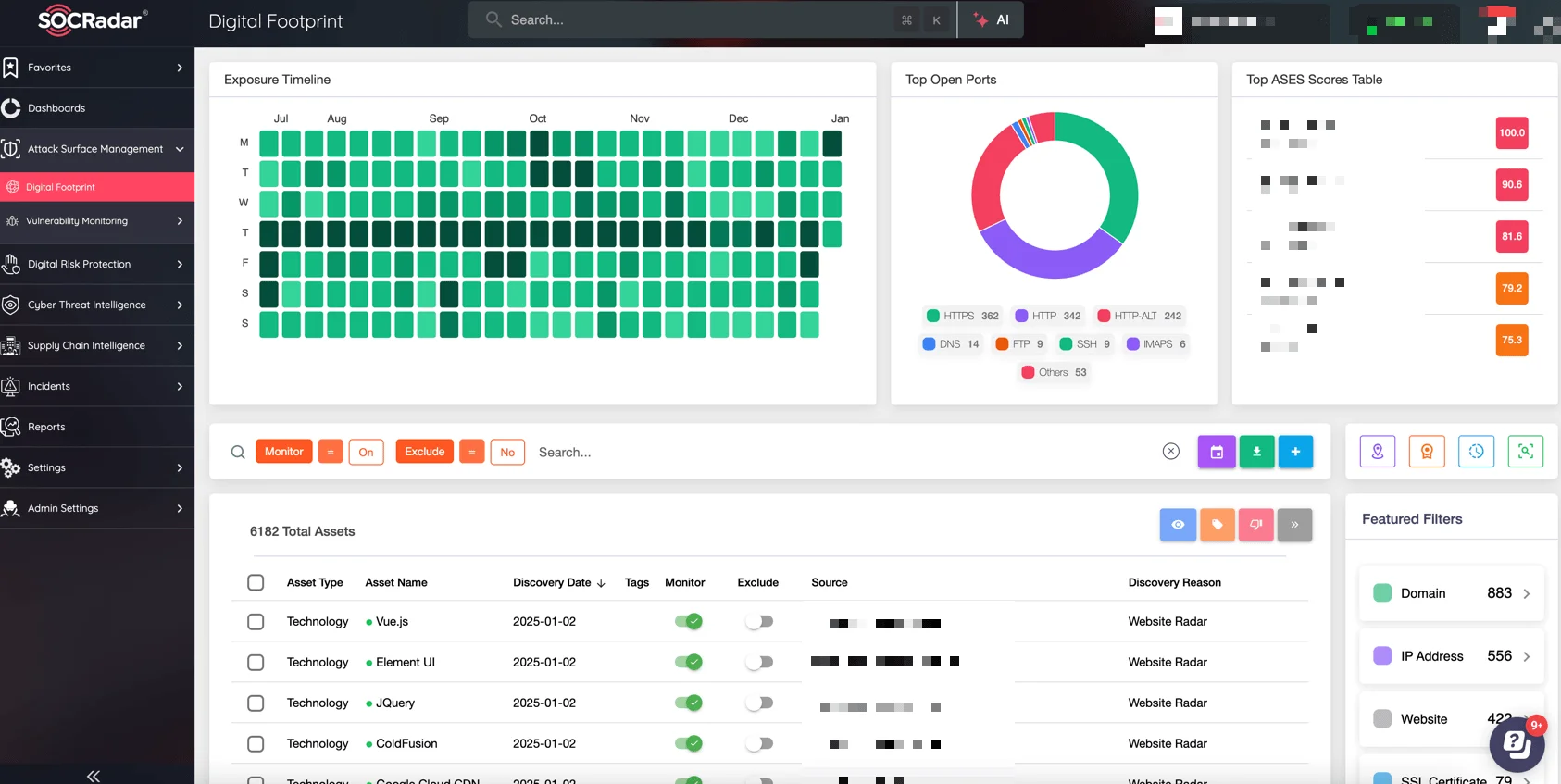
SOCRadar Attack Surface Management
With the increasing interconnectivity of systems, understanding and mitigating vulnerabilities across your entire attack surface is critical. SOCRadar’s Attack Surface Management module provides comprehensive visibility into digital assets, identifying potential risks before they can be exploited. This proactive approach enables organizations to reduce exposure and fortify defenses against external threats.
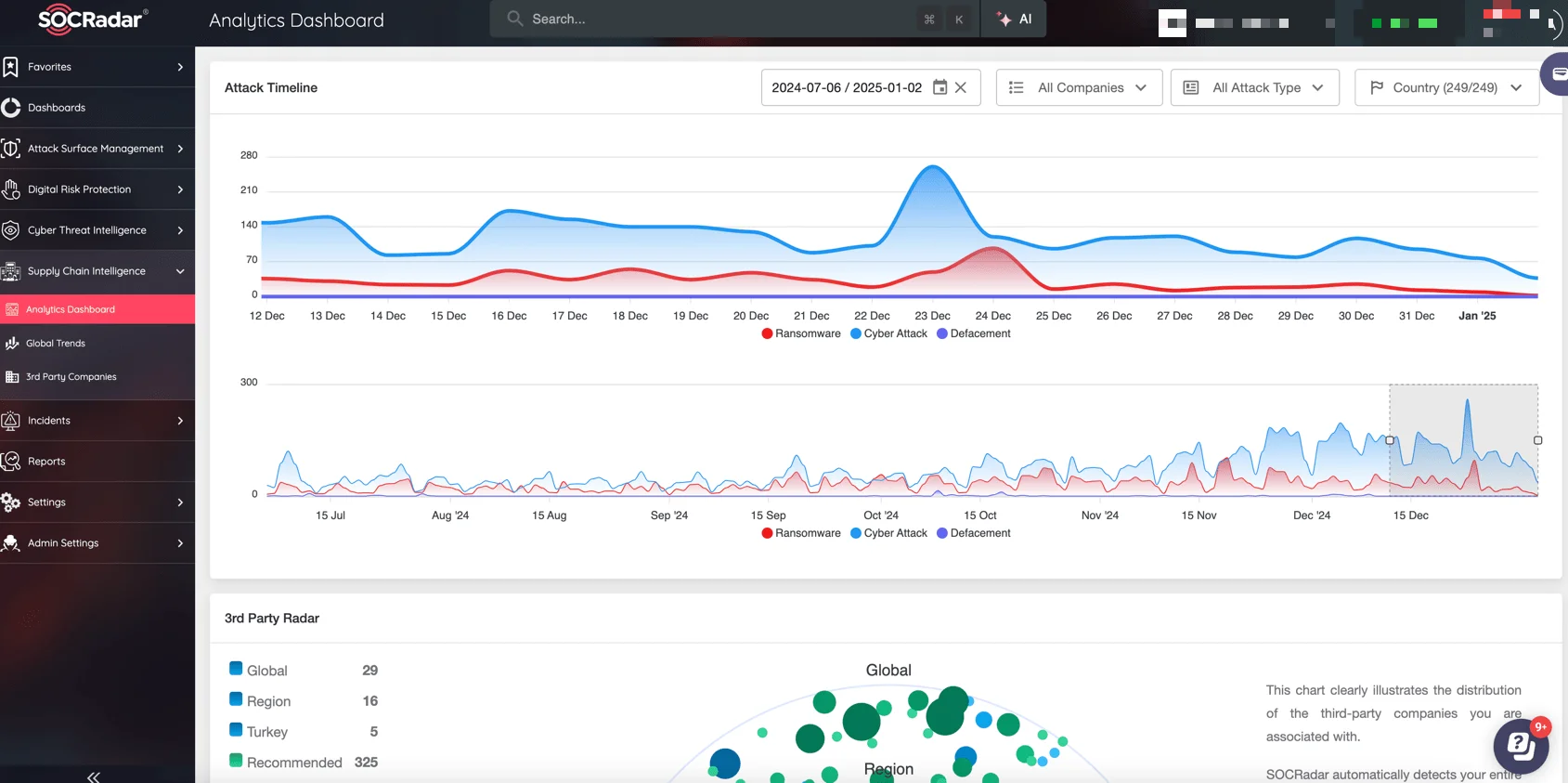
SOCRadar Supply Chain Intelligence
Many cyber threats to critical infrastructure originate from weaknesses in the supply chain. SOCRadar’s Supply Chain Intelligence module monitors and evaluates risks associated with third-party vendors and service providers. By offering actionable insights and threat intelligence, SOCRadar helps organizations ensure the integrity of their supply chains, minimizing the likelihood of disruptions.






























